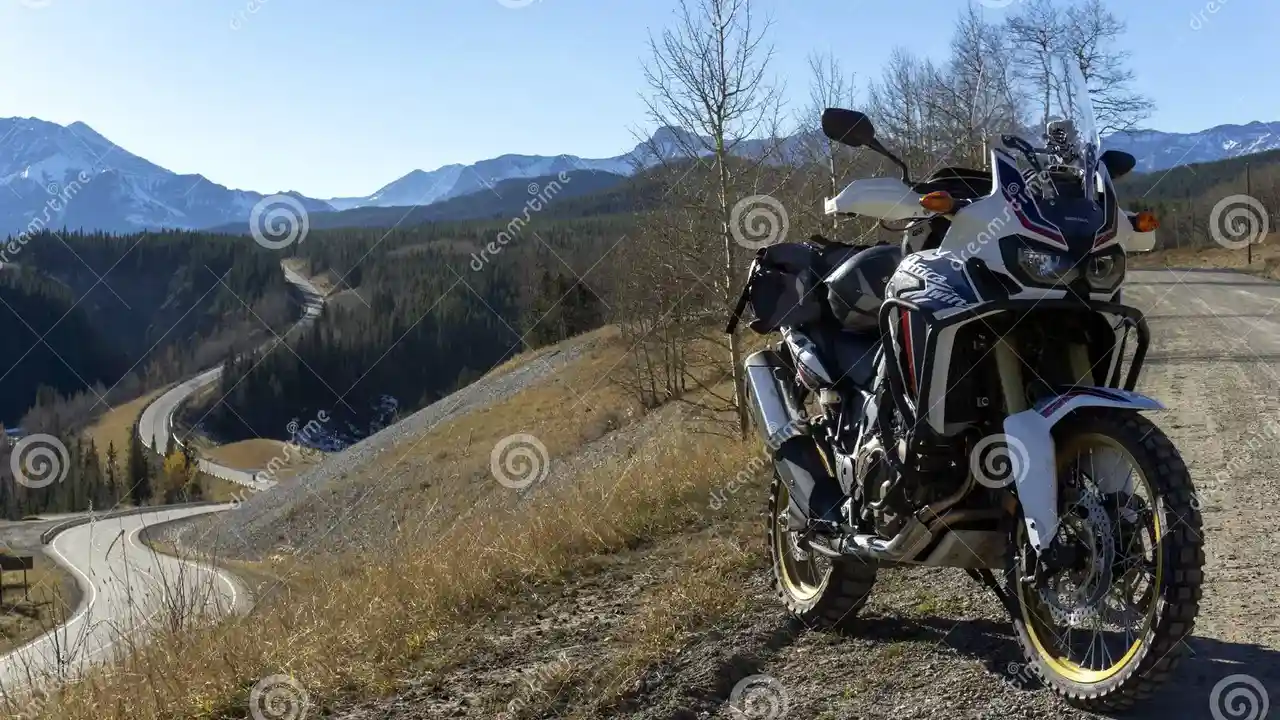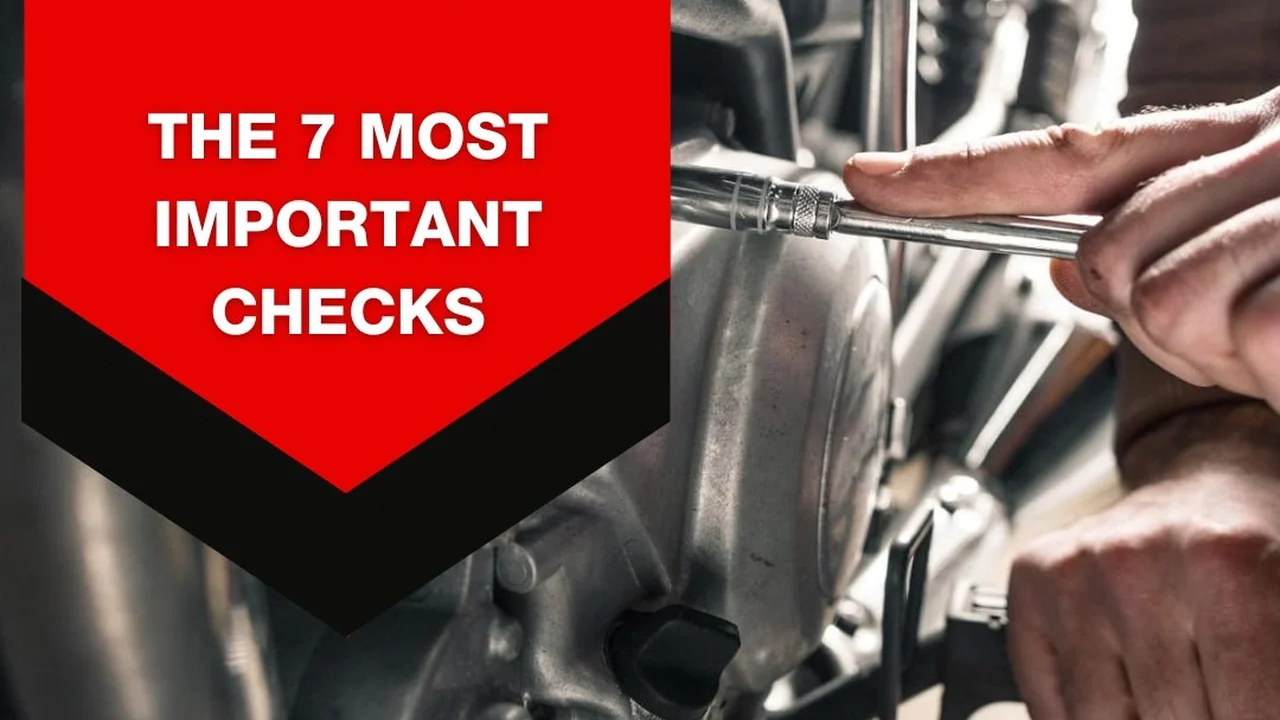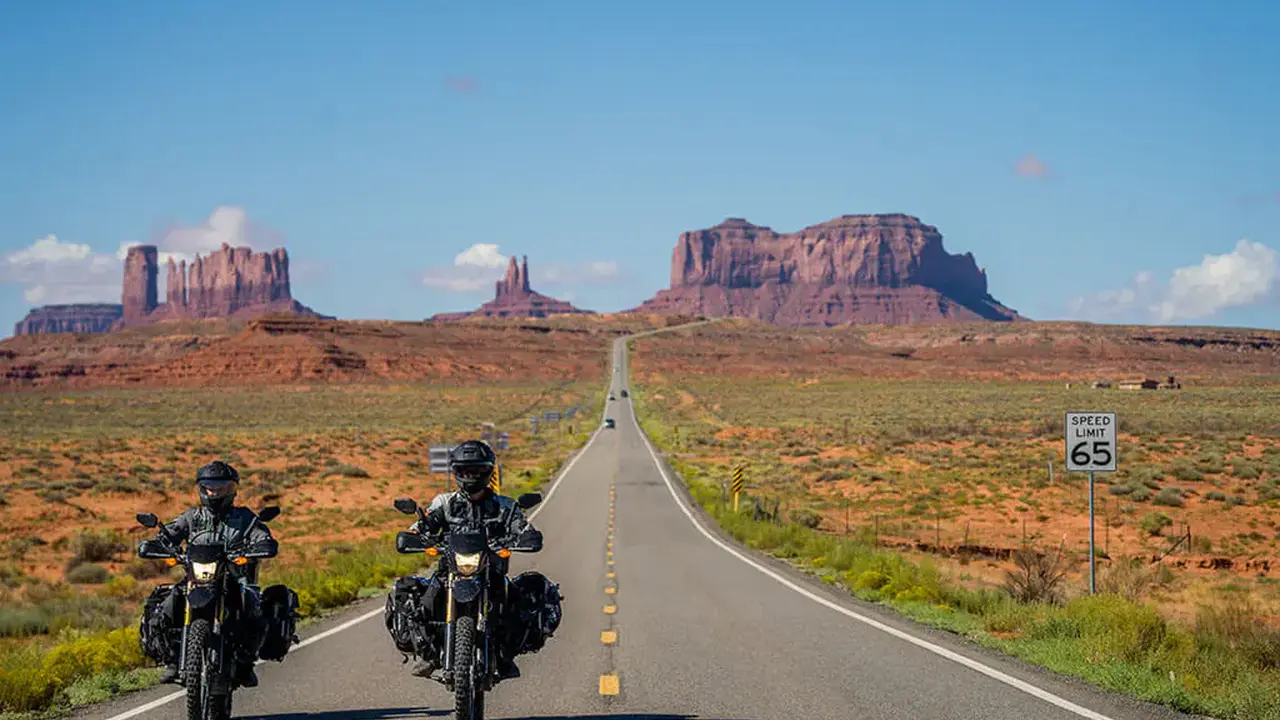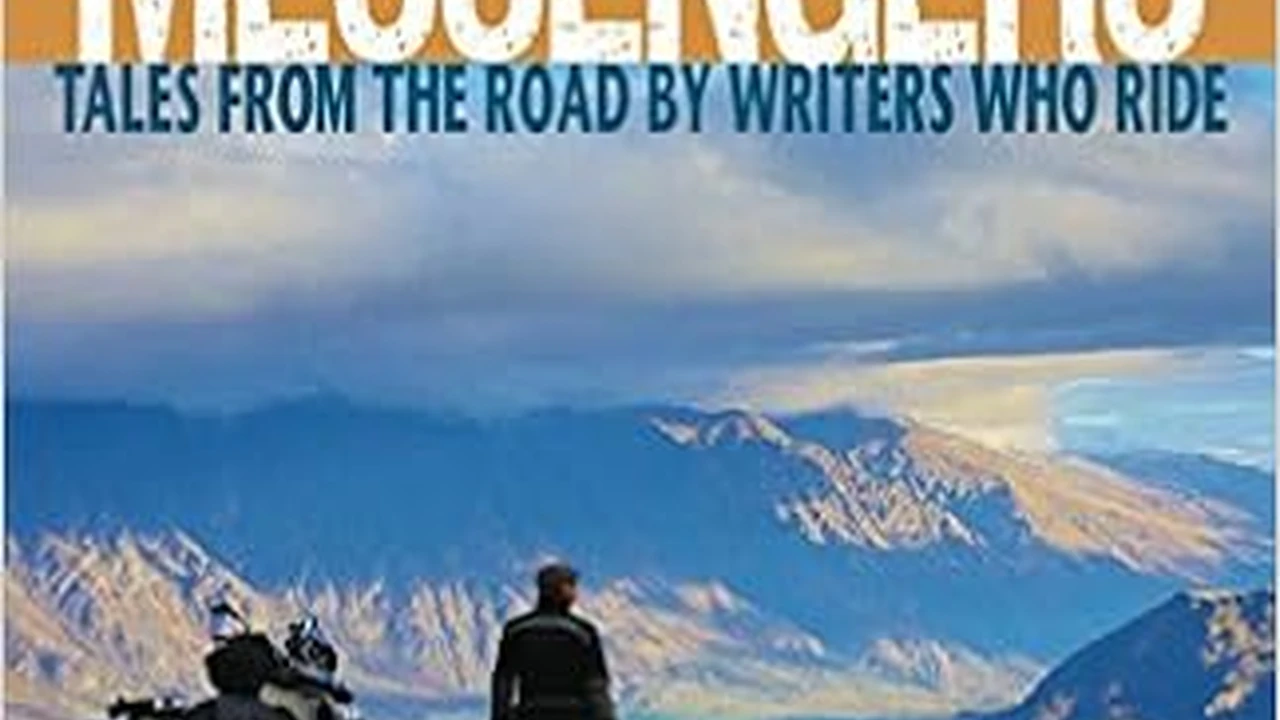ADV Motorcycle Touring in the Rocky Mountains
ADV Motorcycle Touring in the Rocky Mountains is an unforgettable adventure for any rider. This guide dives deep into planning the perfect Rocky Mountain motorcycle tour, covering route selection, must-see destinations, and essential gear. We'll also explore specific product recommendations, compare different options, and provide pricing to help you make the best choices for your trip.

Planning Your Rocky Mountain Motorcycle Adventure: Route Selection and Key Destinations
So, you're thinking about tackling the Rockies on two wheels? Excellent choice! The Rocky Mountains offer some of the most breathtaking scenery and challenging riding in North America. But before you fire up your engine, a little planning goes a long way. First, consider your riding style. Are you looking for smooth, paved highways or rugged, off-road trails? This will heavily influence your route selection.
Paved Paradise: If you prefer pavement, the Going-to-the-Sun Road in Glacier National Park is a must-ride. It's a relatively short stretch of road, but the views are absolutely stunning. Be prepared for crowds, especially during peak season. Another great option is the Million Dollar Highway in Colorado (US 550). This road is known for its steep grades, hairpin turns, and dramatic scenery. It's not for the faint of heart, but the rewards are well worth the effort. Don't forget about the Beartooth Highway (US 212) connecting Red Lodge, Montana, and Cooke City, Montana, near the northeast entrance of Yellowstone National Park. This scenic byway offers incredible alpine views and switchbacks.
Off-Road Adventures: For the more adventurous rider, the Rockies offer countless off-road opportunities. Forest Service roads crisscross the mountains, providing access to remote areas and stunning vistas. Check with local Forest Service offices for road conditions and closures. Popular off-road destinations include the White Rim Road in Canyonlands National Park (requires a permit) and the numerous trails around Moab, Utah. Make sure your bike is properly equipped for off-road riding, and that you have the necessary skills and experience.
Key Destinations Beyond the Roads: Beyond the roads themselves, consider what you want to see and do. Yellowstone National Park is a classic destination, offering geysers, hot springs, and abundant wildlife. Grand Teton National Park is another must-see, with its towering peaks and pristine lakes. For a more historical experience, visit the mining towns of Colorado, such as Silverton and Ouray. These towns offer a glimpse into the past and a chance to explore the region's rich history.
Essential ADV Motorcycle Gear for Rocky Mountain Touring: Protection, Comfort, and Communication
Riding in the Rocky Mountains means dealing with a variety of conditions, from scorching sun to sudden thunderstorms. Having the right gear is crucial for both comfort and safety. Let's break down the essentials:
Helmets: A good quality helmet is non-negotiable. Look for a helmet that is both DOT and ECE certified. Consider an ADV style helmet with a visor for sun protection and a wide field of view. The Shoei Hornet X2 is a popular choice, offering excellent protection and ventilation. The Arai XD4 is another great option, known for its comfortable fit and high-quality construction. Budget-friendly options include the Bell MX-9 Adventure MIPS. Prices range from $200 to $700 depending on the brand and features.
Jackets and Pants: A versatile riding suit is essential. Look for a suit that is waterproof, breathable, and has plenty of ventilation options. The Klim Badlands Pro is a top-of-the-line option, offering excellent protection and weather resistance. The REV'IT! Sand 4 suit is a more affordable option that still provides good protection and ventilation. Consider adding armor to the shoulders, elbows, knees, and back for extra protection. Expect to pay anywhere from $400 to $2000 for a quality suit.
Boots and Gloves: Sturdy riding boots are crucial for protecting your ankles and feet. Look for boots that offer good support and protection, and that are waterproof. The Alpinestars Tech 7 Enduro boots are a popular choice for off-road riding. The Sidi Adventure 2 Gore-Tex boots are a great option for both on- and off-road riding. Gloves should provide good grip and protection, and should be comfortable for long days in the saddle. Consider gloves with knuckle protection and reinforced palms. Prices range from $100 to $500 for quality boots and gloves.
Communication Systems: Staying connected is important, especially when riding in remote areas. A motorcycle communication system allows you to talk to your riding buddies, listen to music, and even make phone calls. The Sena 50S is a top-of-the-line option, offering excellent sound quality and a long battery life. The Cardo Packtalk Edge is another great choice, known for its easy-to-use interface and mesh networking technology. Prices typically range from $200 to $400 per unit.
ADV Motorcycle Product Recommendations: Detailed Reviews, Usage Scenarios, and Price Comparisons
Let's get down to specifics and talk about some gear I personally recommend after years of riding in similar conditions.
Garmin Zumo XT Motorcycle GPS: This GPS is a lifesaver. It's rugged, waterproof, and designed specifically for motorcycles. The screen is easy to read even in bright sunlight, and it's glove-friendly. Usage Scenario: Navigating unfamiliar routes, finding gas stations and restaurants, tracking your ride. Comparison: Compared to using your phone for navigation, the Zumo XT is far more reliable and durable. It's also much easier to see while riding. A phone can overheat and the battery will drain quickly. Price: Around $500 - $600.
Mosko Moto Reckless 80L Revolver Luggage System: This luggage system is incredibly versatile and durable. It's designed to fit a wide range of motorcycles and can carry a ton of gear. Usage Scenario: Carrying camping gear, tools, spare parts, and personal belongings on long trips. Comparison: Compared to hard panniers, the Reckless 80L is lighter and more flexible. It's also less likely to break if you drop your bike. Hard panniers can be more secure, but they can also be more dangerous in a crash. Price: Around $700 - $800.
Giant Loop Great Basin Saddlebag: If you need something a little smaller, the Giant Loop Great Basin is an excellent option. It's a horseshoe-shaped saddlebag that sits behind the rider and doesn't require any racks. Usage Scenario: Day trips or shorter overnight trips where you don't need to carry a ton of gear. Comparison: Compared to the Mosko Moto Reckless 80L, the Great Basin is smaller and lighter. It's also easier to install and remove. However, it doesn't offer as much storage space. Price: Around $500.
Leatherman Multitool (e.g., Leatherman Wave Plus): A good multitool is essential for any motorcycle adventure. The Leatherman Wave Plus is a classic choice, offering a wide range of tools in a compact package. Usage Scenario: Making repairs on the road, adjusting your bike, opening cans of food, and countless other tasks. Comparison: Compared to carrying a bunch of individual tools, a multitool is much more convenient and saves space. Price: Around $100 - $120.
First Aid Kit: Don't leave home without a well-stocked first aid kit. Include bandages, antiseptic wipes, pain relievers, and any medications you need. Usage Scenario: Treating minor injuries, such as cuts, scrapes, and burns. Comparison: A pre-packaged first aid kit is a good starting point, but you may want to add some additional items based on your specific needs. Price: Around $30 - $50.
Troubleshooting Common ADV Motorcycle Issues in the Rockies: Flat Tires, Electrical Problems, and Fueling Challenges
Even with the best planning, things can go wrong. Being prepared to handle common mechanical issues is crucial.
Flat Tires: A flat tire is almost inevitable on a long motorcycle trip, especially if you're riding off-road. Carry a tire repair kit, a portable air compressor, and the necessary tools to remove and reinstall your wheels. Practice using the kit before you leave so you're not fumbling around on the side of the road. Consider carrying spare tubes if you're riding off-road in areas with sharp rocks.
Electrical Problems: Electrical problems can be tricky to diagnose and fix on the road. Carry a multimeter, some spare fuses, and some basic wiring tools. Learn how to check your battery voltage and how to troubleshoot common electrical issues, such as a blown fuse or a loose connection. Consider carrying a jump starter in case your battery dies.
Fueling Challenges: In remote areas, gas stations can be few and far between. Plan your fuel stops carefully and consider carrying extra fuel in a fuel bladder or jerry can. Be aware of the altitude, as your bike may not run as efficiently at higher elevations. If you're riding a carbureted bike, you may need to adjust the carburetor to compensate for the altitude.
Altitude Sickness (for the rider!): Don't forget about yourself! The altitude in the Rockies can be a challenge. Stay hydrated, avoid alcohol, and take it easy for the first few days to acclimatize. If you experience symptoms of altitude sickness, such as headache, nausea, or dizziness, descend to a lower altitude.
Rocky Mountain Motorcycle Touring Etiquette and Safety: Respecting Nature and Fellow Riders
It's important to be a responsible and respectful rider, both for your own safety and for the sake of the environment and other riders.
Leave No Trace: Pack out everything you pack in. Don't litter, and be mindful of your impact on the environment. Stay on designated trails and avoid disturbing wildlife.
Respect Other Riders: Be courteous to other riders on the road and on the trails. Give them plenty of space, and don't be afraid to offer assistance if they need it.
Ride Safely: Ride within your limits and be aware of your surroundings. Watch out for wildlife, loose gravel, and changing weather conditions. Always wear a helmet and other protective gear.
Be Prepared for the Unexpected: The Rockies can be unpredictable. Be prepared for sudden changes in weather, mechanical issues, and other unexpected challenges. Carry a satellite communicator or a personal locator beacon (PLB) in case of emergencies.
Finding the Best Deals on ADV Motorcycle Gear: Online Retailers, Local Shops, and Seasonal Sales
Let's face it, all this awesome gear can get expensive. Here are some tips for finding the best deals.
Online Retailers: Websites like RevZilla, Cycle Gear, and Amazon often have sales and discounts on motorcycle gear. Sign up for their email newsletters to be notified of upcoming promotions.
Local Shops: Don't forget about your local motorcycle shops. They may not always have the lowest prices, but they can offer valuable advice and expertise. Plus, you can try on gear before you buy it.
Seasonal Sales: Look for seasonal sales, such as Black Friday, Cyber Monday, and end-of-season clearances. These are great opportunities to save money on gear.
Used Gear: Consider buying used gear. You can often find gently used gear on online marketplaces like eBay and Craigslist. Just be sure to inspect the gear carefully before you buy it to make sure it's in good condition.
Membership Discounts: Organizations like the AMA (American Motorcyclist Association) often offer discounts on motorcycle gear and services.
:max_bytes(150000):strip_icc()/277019-baked-pork-chops-with-cream-of-mushroom-soup-DDMFS-beauty-4x3-BG-7505-5762b731cf30447d9cbbbbbf387beafa.jpg)





